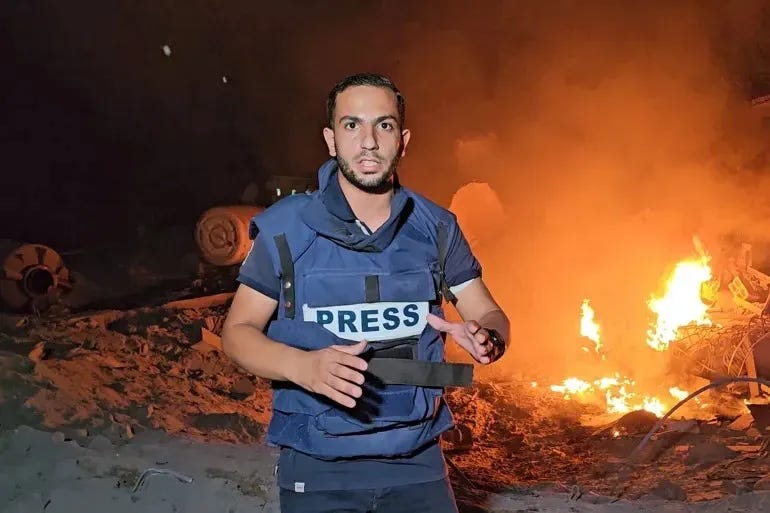No One Believes Israel’s Terrorist Smear of Murdered Al Jazeera Journalist
Israel’s “He Was Hamas” Excuse Is Wearing Thin
Israel’s latest justification for killing journalists in Gaza followed a script that has become depressingly predictable. Hours after a strike killed Al Jazeera’s Anas al-Sharif and his colleagues in Gaza City on August 10, Israeli military spokespeople claimed al-Sharif was a Hamas operative and even a cell leader. No verifiable evidence was offered, j…
Keep reading with a 7-day free trial
Subscribe to The Crustian Daily to keep reading this post and get 7 days of free access to the full post archives.



